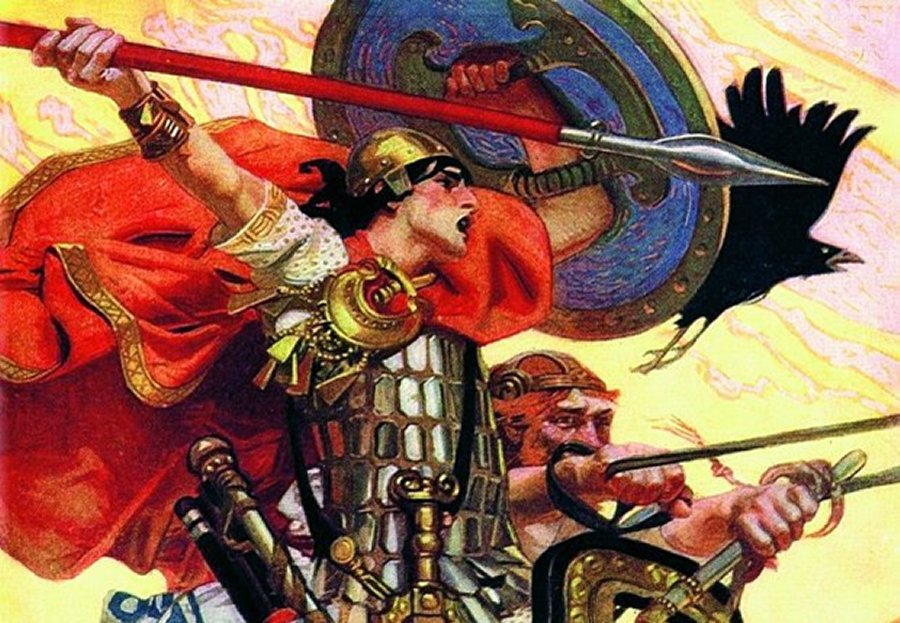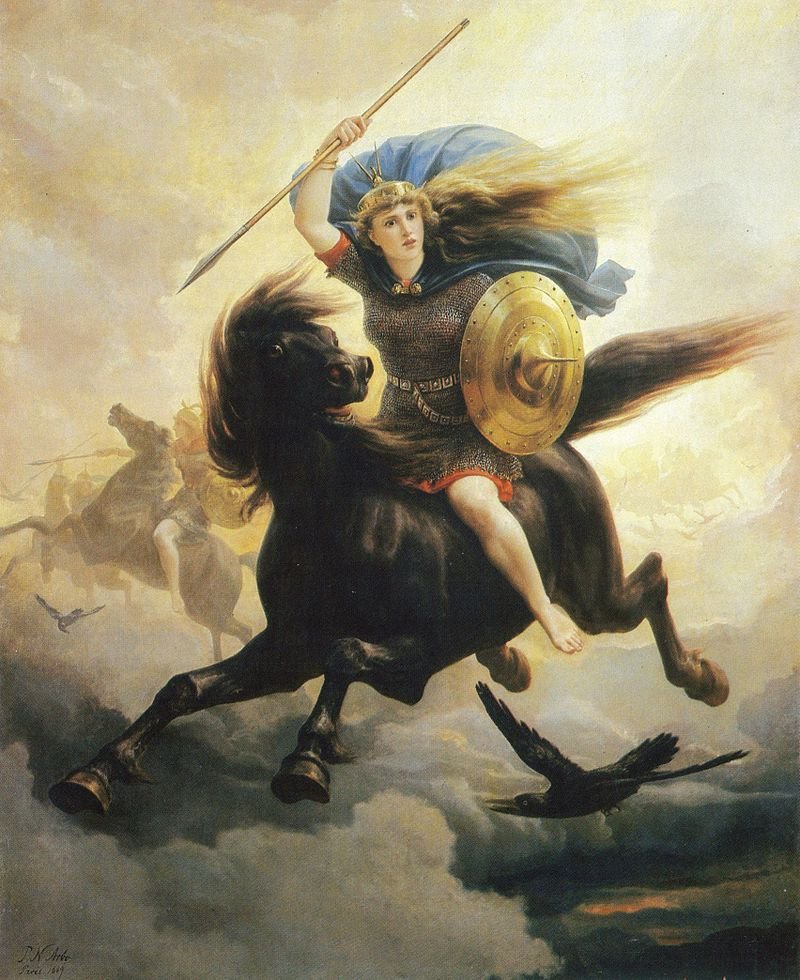Morrígan: Shape-Shifting Phantom Queen And Her Meeting With Irish Hero Cuchulainn
Ellen Lloyd - AncientPages.com - In Irish mythology, we come across a number of stories about shape-shifting beings. These shape-shifters are often gods, goddesses, magicians, witches, fairies, and other supernatural creatures.
In ancient times, it was believed that it was possible to transform humans into animals by using magic. Such transformation often occurred against the will of those affected, but there are also many stories of powerful gods and goddesses who simply possessed the ability to shapeshift into basically anything.
Credit: Adobe Stock - Andrey Burmakin
Morrígan, whose name translates to “great queen” or “phantom queen” was the Celtic goddess of war. She represented the circle of life and was associated with both birth and death. She is also described as being the patroness of revenge, magic, priestesses, night, prophecy, and witches.
Goddess Morrígan Meets Cuchulainn
Morrígan was a remarkable shapeshifter who watched over rivers, freshwater, and lakes. Her astonishing ability to shapeshift was demonstrated during her meeting with the mythical Irish hero Cuchulainn.
Among all of the Irish legends about adventures, voyages, great battles, invasions, and gods, perhaps Cuchulainn is the main hero of the Ulster Cycle.
Morrígan’s encounter with Cuchulainn is described in detail in the Cattle Raid of Cooley (Táin Bó Cúailnge).
Cuchulainn: Irish Mythical Hero And His Cruel Magical Spear Gae Bolg
In this account, the following conversation revealed her ability to both change form and threaten.
When her advances were rejected she replied: ‘I’ll get under your feet in the ford in the shape of an eel and make sure you fall.’
Cuchulainn answered: ‘I’ll get you between my toes and I’ll break your ribs . . .’ To this the Morrígan replied: ‘I’ll come as a grey she-wolf, and stampede cattle into the ford against you.’
Cuchulainn was undeterred, saying: ‘I’ll put your eye out with a stone from my sling . . .’
Finally, the Morrígan revealed her last threat: ‘I’ll come as a hornless red heifer, and lead the cattle to surge against you in the waters, whether ford or pool, and you’ll not know me.’
To which Cuchulainn responded: ‘I’ll fire a stone at you . . . and break the leg from under you . . .’
All of these things eventually happened as Cú Chulainn battled opponents at the ford of Áth Traiged.
Credit: Adobe Stock - kharchenkoirina
The Morrígan too was injured in this battle but was healed through another shape-shifting, when she appeared as an old woman milking a cow and the exhausted Cuchulainn was tricked into blessing her in return for three sips of milk.
Why Goddess Morrígan Was Similar To The Valkyries And Norns
Goddess Morrígan’s identity is still shrouded in mystery. She was one of the triple Goddesses in Celtic mythology. Some historians have suggested she was a member of the Tuatha Dé Danann, the Irish race of gods, founded by the goddess Danu.
Morrígan was associated with fate, especially with foretelling doom and death in battle. It’s only natural she appeared as a crow, flying above the battlefield. This is also the reason why Goddess Morrígan is associated with the Valkyries and Norns of Norse mythology.
In Norse mythology, the Valkyries were the choosers of the slain. The Valkyries were females riding on horses armed with helmets and spears. They would decide who would die in battle and drift over the battleground to find their prey.
In Old Norse mythology, the Norns were known as ‘Shapers of Destiny’. The Norns were goddesses who ruled the fates of people and determined the destinies and lifespans of individuals.
So, the stories of Morrígan certainly demonstrate many similarities between Irish and Norse mythology.
Updated onMarch 14, 2024
Written by Ellen Lloyd – AncientPages.com
Copyright © AncientPages.com All rights reserved. This material may not be published, broadcast, rewritten or redistributed in whole or part without the express written permission of AncientPages.com
More From Ancient Pages
-
 Ancient Urartu Settlement, Water Tunnel And Rock Tombs Found In Erzurum, Eastern Turkey
Archaeology | Dec 19, 2017
Ancient Urartu Settlement, Water Tunnel And Rock Tombs Found In Erzurum, Eastern Turkey
Archaeology | Dec 19, 2017 -
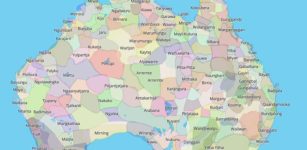 Find Out Which Indigenous Lands You Live On With This Interactive Map Covering The Whole World
Places | Jan 17, 2023
Find Out Which Indigenous Lands You Live On With This Interactive Map Covering The Whole World
Places | Jan 17, 2023 -
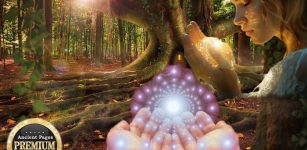 Mysterious Magical Healing Gift Of The Whisperers – Meet The Enigmatic Szeptunka
Featured Stories | Feb 10, 2025
Mysterious Magical Healing Gift Of The Whisperers – Meet The Enigmatic Szeptunka
Featured Stories | Feb 10, 2025 -
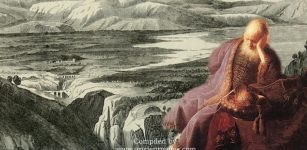 Tahpanhes – Biblical City Where Prophet Jeremiah And King Zedekiah’s Daughters Hid From The Babylonians
Biblical Mysteries | Jul 19, 2021
Tahpanhes – Biblical City Where Prophet Jeremiah And King Zedekiah’s Daughters Hid From The Babylonians
Biblical Mysteries | Jul 19, 2021 -
 Mysterious Lost Civilization Of Chu And Its Powerful Kingdom
Civilizations | Nov 29, 2018
Mysterious Lost Civilization Of Chu And Its Powerful Kingdom
Civilizations | Nov 29, 2018 -
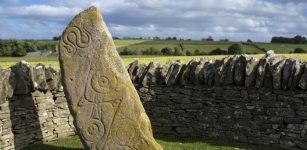 DNA Study Sheds Light On The Mysterious Picts Of Scotland
DNA | Jul 7, 2023
DNA Study Sheds Light On The Mysterious Picts Of Scotland
DNA | Jul 7, 2023 -
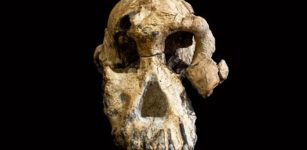 Facial Reconstruction Of 3.8-Million-Year-Old Skull Shows What Our Ancestors Really Looked Like
Archaeology | Dec 29, 2022
Facial Reconstruction Of 3.8-Million-Year-Old Skull Shows What Our Ancestors Really Looked Like
Archaeology | Dec 29, 2022 -
 Mystery Of Giant Gogmagog’s Hidden Treasure Beneath Castell Dinas Bran
Featured Stories | Jan 23, 2025
Mystery Of Giant Gogmagog’s Hidden Treasure Beneath Castell Dinas Bran
Featured Stories | Jan 23, 2025 -
 4,500-Year-Old Row Of Giant Monoliths Found – Could Be the Largest In Britain
News | Sep 7, 2015
4,500-Year-Old Row Of Giant Monoliths Found – Could Be the Largest In Britain
News | Sep 7, 2015 -
 Mysterious Clay Tablet Reveals Babylonians Used Trigonometry 1,000 Years Before Pythagoras
Archaeology | Aug 24, 2017
Mysterious Clay Tablet Reveals Babylonians Used Trigonometry 1,000 Years Before Pythagoras
Archaeology | Aug 24, 2017 -
 Mysterious Ancient Female Society Discovered – What Happened To All The Men? Archaeologists Wonder
Featured Stories | Oct 3, 2024
Mysterious Ancient Female Society Discovered – What Happened To All The Men? Archaeologists Wonder
Featured Stories | Oct 3, 2024 -
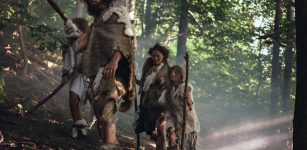 Modern Humans Did Not Enter Europe By Sea – New Study Says
Archaeology | Mar 7, 2022
Modern Humans Did Not Enter Europe By Sea – New Study Says
Archaeology | Mar 7, 2022 -
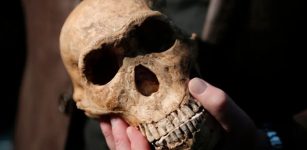 Surprising Evolution Discovery – Extinct Subterranean Human Species With Tiny Brains Used Fire
Archaeology | Dec 9, 2022
Surprising Evolution Discovery – Extinct Subterranean Human Species With Tiny Brains Used Fire
Archaeology | Dec 9, 2022 -
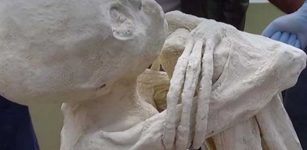 Mystery Of Nazca’s Controversial Three-Fingered Mummies Continues – Attempt To Confiscate The Ancient Remains!
Archaeology | Oct 26, 2019
Mystery Of Nazca’s Controversial Three-Fingered Mummies Continues – Attempt To Confiscate The Ancient Remains!
Archaeology | Oct 26, 2019 -
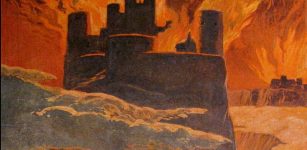 Ragnarok In Norse Mythology – The Doom Of The Gods And Apocalyptic Record Of The Coming Comet
Featured Stories | Jun 30, 2014
Ragnarok In Norse Mythology – The Doom Of The Gods And Apocalyptic Record Of The Coming Comet
Featured Stories | Jun 30, 2014 -
 On This Day In History: Battle Of Vincennes, Indiana – On Feb 24-25, 1779
News | Feb 24, 2017
On This Day In History: Battle Of Vincennes, Indiana – On Feb 24-25, 1779
News | Feb 24, 2017 -
 Jackalope – Are Mythical Horned Hares Real?
Featured Stories | Mar 11, 2019
Jackalope – Are Mythical Horned Hares Real?
Featured Stories | Mar 11, 2019 -
 Aztecs: Facts And History About The Ancient And Powerful Mesoamerican Civilization From Aztlán
Civilizations | Apr 10, 2017
Aztecs: Facts And History About The Ancient And Powerful Mesoamerican Civilization From Aztlán
Civilizations | Apr 10, 2017 -
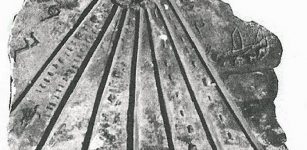 Controversial Davenport And Pontotoc Stele Reveal Ancient Egyptians And Black Africans Visited North America
Civilizations | Jun 27, 2014
Controversial Davenport And Pontotoc Stele Reveal Ancient Egyptians And Black Africans Visited North America
Civilizations | Jun 27, 2014 -
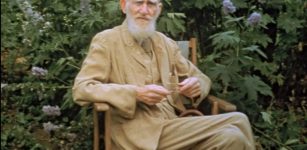 On This Day In History: George Bernard Shaw Died – On Nov 2, 1950
News | Nov 2, 2016
On This Day In History: George Bernard Shaw Died – On Nov 2, 1950
News | Nov 2, 2016


